Business cards are small but mighty tools in the world of marketing. Despite the rise of digital communication, these compact pieces of paper continue to hold significant value. They serve as a tangible reminder of you and your business, leaving a lasting impression long after a meeting has ended. We’ll explore how to use business cards effectively to boost your marketing efforts. We’ll cover design tips, distribution strategies, and innovative ways to make your business card stand out. Let’s dive in and uncover the secrets to maximizing the impact of your business cards.
Designing Your Business Card
Focus on Simplicity and Clarity
When it comes to business card design, simplicity and clarity are key. A cluttered card can overwhelm and confuse the recipient. Ensure your card includes only essential information: your name, title, company, phone number, email, and website.
If space allows, adding your physical address and social media handles can also be beneficial. The goal is to provide enough information to make it easy for someone to contact you, without overwhelming them with too much detail.
Choosing the Right Font and Color
The choice of font and color can significantly impact the readability and overall aesthetic of your business card. Select a clean, professional font that is easy to read. Avoid overly decorative fonts that can be hard to decipher.
When it comes to color, stick to a palette that reflects your brand’s identity. Ensure there is sufficient contrast between the text and background to enhance readability.
Utilizing High-Quality Materials
The material of your business card speaks volumes about your brand. Opt for high-quality cardstock to give your card a sturdy, premium feel. Consider using finishes such as matte, gloss, or even textured surfaces to make your card stand out.
A well-crafted business card not only looks good but also feels good in the hand, leaving a positive impression.
Incorporating Your Brand Identity
Your business card should be an extension of your brand. Incorporate your logo and brand colors to ensure consistency across all your marketing materials. This helps reinforce brand recognition and makes your business card more memorable.
If your brand has specific design elements, such as a particular pattern or iconography, include them in your business card design.
Strategic Distribution of Business Cards
Networking Events and Conferences
Networking events and conferences are prime opportunities to distribute your business cards. Always carry a stack with you and be ready to hand them out during introductions or after meaningful conversations.
Ensure your card exchange feels natural and not forced. Follow up with the contacts you make by referencing the event where you met and something specific you discussed.
Meetings and Appointments
Whenever you attend meetings or appointments, bring your business cards. Whether it’s a client meeting, a supplier visit, or a lunch with a potential partner, offering your card at the end of the meeting is a professional way to ensure they have your contact information.
It’s a subtle yet effective reminder of your interaction.
Community Involvement
Participate in local community events, workshops, and seminars. These settings provide excellent opportunities to distribute your business cards.
Engaging with your community not only helps build your brand but also fosters relationships that can lead to future business opportunities. Make your presence known by handing out your card during these interactions.
Strategic Locations
Leave your business cards in strategic locations where potential clients might frequent. This could be in local coffee shops, libraries, or co-working spaces.
Ensure you have permission from the establishment before leaving your cards. Place them in visible spots, such as bulletin boards or reception areas, to maximize their visibility.
Enhancing the Effectiveness of Business Cards
Adding a Call to Action
Make your business card more than just a contact detail provider by adding a call to action (CTA). A compelling CTA encourages the recipient to take the next step.
This could be an invitation to visit your website for a special offer, a free consultation, or a discount on your services. A well-crafted CTA can significantly increase the likelihood of follow-up.
Utilizing Both Sides
Maximize the space on your business card by utilizing both sides. While one side should contain your essential contact information, the other side can be used for additional details.
This could include a brief overview of your services, a QR code leading to your website, or a map to your business location. Using both sides effectively provides more value without making the card look cluttered.
Tracking the Impact
To measure the effectiveness of your business cards, implement tracking mechanisms. This could be as simple as asking new clients how they heard about you or using a unique URL or QR code on your card.
Tracking helps you understand the return on investment (ROI) of your business card distribution and make necessary adjustments to your strategy.
Personalization for Impact
Personalizing your business cards can make them more impactful. Consider adding a handwritten note or a personal message on the card when you hand it out. This small gesture can make a big difference in how the recipient perceives you and your business.
Personalization shows that you value the connection and are willing to go the extra mile.
Innovative Design and Distribution Techniques
Eco-Friendly Business Cards
In today’s environmentally conscious market, using eco-friendly materials for your business cards can set you apart and resonate with clients who value sustainability. Opt for recycled paper, plantable seed paper, or biodegradable materials.
Highlighting your commitment to sustainability not only enhances your brand image but also appeals to eco-minded customers.
Interactive Digital Business Cards
With the rise of digital communication, consider creating interactive digital business cards that can be shared via email or through a mobile app. These digital cards can include multimedia elements like videos, interactive links, and instant contact saving features.
Tools like HiHello or CamCard allow you to create and share digital business cards easily.
Strategic Placement
Partnering with Complimentary Businesses
A bakery partnered with local coffee shops to distribute their business cards. Each coffee shop displayed a small stack of the bakery’s cards next to their register, and in return, the bakery did the same for the coffee shops.
This mutual arrangement helped both businesses reach new customers in a complementary setting, enhancing visibility and recall.
Event-Specific Cards
For businesses that frequently attend trade shows or industry conferences, creating event-specific business cards can be highly effective. These cards can include details about special promotions or booth locations relevant to the event.
For example, a software company attending a tech conference could design cards with a map of the venue on the back, highlighting their booth location and a QR code for an exclusive demo.
Maximizing Networking Opportunities
Attending Industry-Specific Events
To maximize the impact of your business cards, attend industry-specific events where potential clients or partners are likely to be. This could include trade shows, expos, or specialized conferences.
Being present in these environments increases the likelihood of your business card reaching the right audience.
Hosting Your Own Events
Consider hosting your own events, such as workshops, seminars, or networking nights. This not only positions you as a thought leader in your field but also provides a platform to distribute your business cards directly to attendees who are already interested in your industry.
Enhancing Brand Recognition
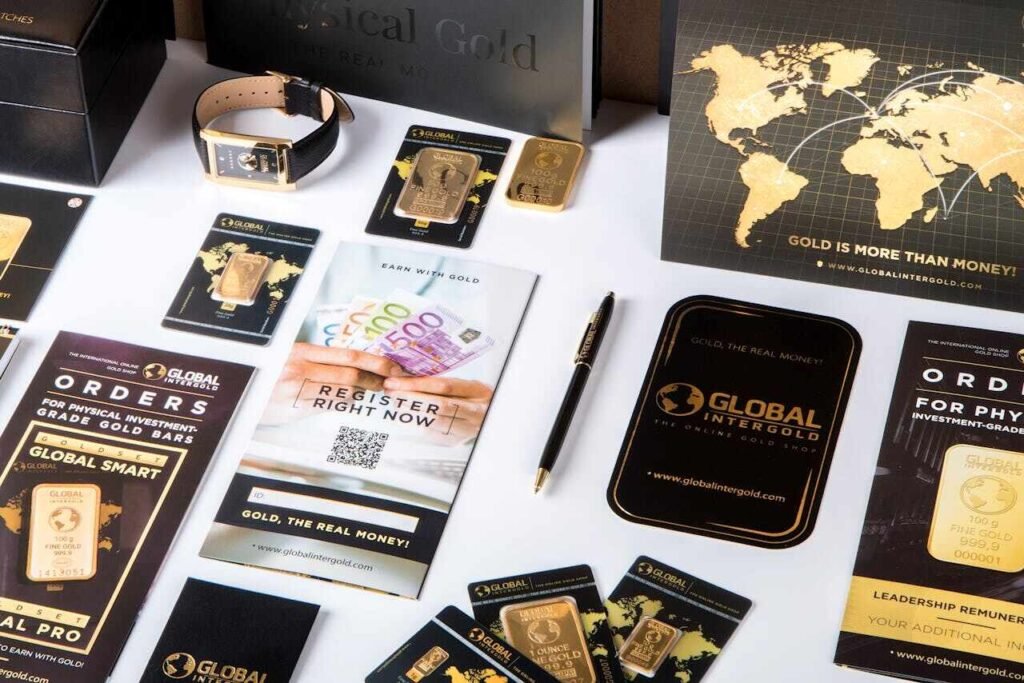
Consistent Messaging Across Platforms
Ensure that the messaging on your business card is consistent with your online presence. Your branding, tone of voice, and key information should align across your website, social media, and any other marketing materials.
Consistency builds trust and reinforces your brand identity.
Showcasing Client Testimonials
Including a brief client testimonial or a notable quote on the back of your business card can add credibility and showcase the value you provide.
Select a quote that is concise but impactful, giving potential clients a glimpse into the positive experiences of others who have worked with you.
Leveraging Partnerships and Referrals
Cross-Promotional Partnerships
Partner with complementary businesses to cross-promote each other’s services. For example, a graphic designer could partner with a printing company, where each business includes the other’s business cards in their client welcome packs.
These partnerships can expand your reach and introduce your business to new audiences.
Referral Programs
Implement a referral program that incentivizes existing clients to distribute your business cards. Offer discounts, freebies, or other rewards for referrals that lead to new business.
A structured referral program encourages satisfied clients to actively promote your services, leveraging word-of-mouth marketing.
Adapting to Changing Trends
Staying Updated with Design Trends
Stay updated with the latest design trends to ensure your business cards remain modern and appealing. This could involve adopting minimalist designs, using vibrant colors, or incorporating new printing technologies.
Regularly refreshing your card design keeps it aligned with current market trends and customer preferences.
Embracing Technological Advancements
As technology evolves, so should your business cards. Be open to integrating new technologies, such as augmented reality or NFC, to enhance the functionality and engagement of your cards.
Staying ahead of technological advancements positions your business as innovative and forward-thinking.
Leveraging Digital Integration
QR Codes for Easy Access
Integrating QR codes on your business cards can bridge the gap between offline and online marketing. A QR code can link directly to your website, portfolio, or social media profiles, making it easy for recipients to learn more about your business with a simple scan.
Ensure the QR code is placed prominently and is easy to scan without disrupting the overall design of the card. Test the QR code before printing to ensure it works correctly and leads to the intended destination.
Augmented Reality for Enhanced Engagement
For a cutting-edge approach, consider using augmented reality (AR) features. By partnering with AR service providers, you can create business cards that, when scanned with a smartphone app, reveal additional content such as videos, interactive presentations, or 3D models.
This not only makes your business card more engaging but also demonstrates your innovative approach, making a memorable impression.
NFC Technology
Near Field Communication (NFC) technology allows for contactless information sharing. Embedding an NFC chip in your business card enables recipients to tap their smartphones on the card to instantly receive your contact information, website link, or even initiate a download of your business app.
This modern twist on business cards can impress tech-savvy clients and partners.
Creating a Memorable Experience
Unique Shapes and Sizes
While traditional business cards are rectangular, opting for unique shapes or sizes can make your card stand out. Round corners, square shapes, or even custom die-cuts that reflect your brand’s theme can make your card memorable.
However, ensure the size and shape still fit into standard business card holders or wallets to maintain practicality.
Texture and Material Choices
The texture and material of your business card can significantly impact how it is perceived. Using materials such as metal, plastic, or wood can give your card a distinctive feel.
Textured finishes like embossing, debossing, or spot UV coating can add a tactile element that makes the card more interesting to hold. These unique touches can leave a lasting impression and make your card more likely to be kept.
Interactive Elements
Incorporate interactive elements into your business card to engage recipients. This could be a pop-up element, a fold-out section, or even a card that transforms into a useful item like a stand or a coaster.
These creative designs not only capture attention but also make your card a conversation piece.
Strategic Follow-Up
Immediate Follow-Up
After exchanging business cards, prompt follow-up is crucial. Send a personalized email within 24 hours of your meeting, referencing your conversation and reiterating your interest in staying connected.
This quick follow-up shows professionalism and keeps the interaction fresh in the recipient’s mind.
Adding Contacts to CRM
Incorporate the information from collected business cards into your Customer Relationship Management (CRM) system. This allows you to organize contacts, track interactions, and follow up effectively.
Tag each contact with relevant details about your meeting and any next steps to ensure personalized and timely communication.
Regular Touchpoints
Stay in touch with your contacts through regular updates and touchpoints. This could include a quarterly newsletter, invitations to events, or sharing relevant articles and insights.
Maintaining regular communication ensures that you remain top-of-mind for your contacts, increasing the likelihood of future business opportunities.
Measuring Success and Making Adjustments
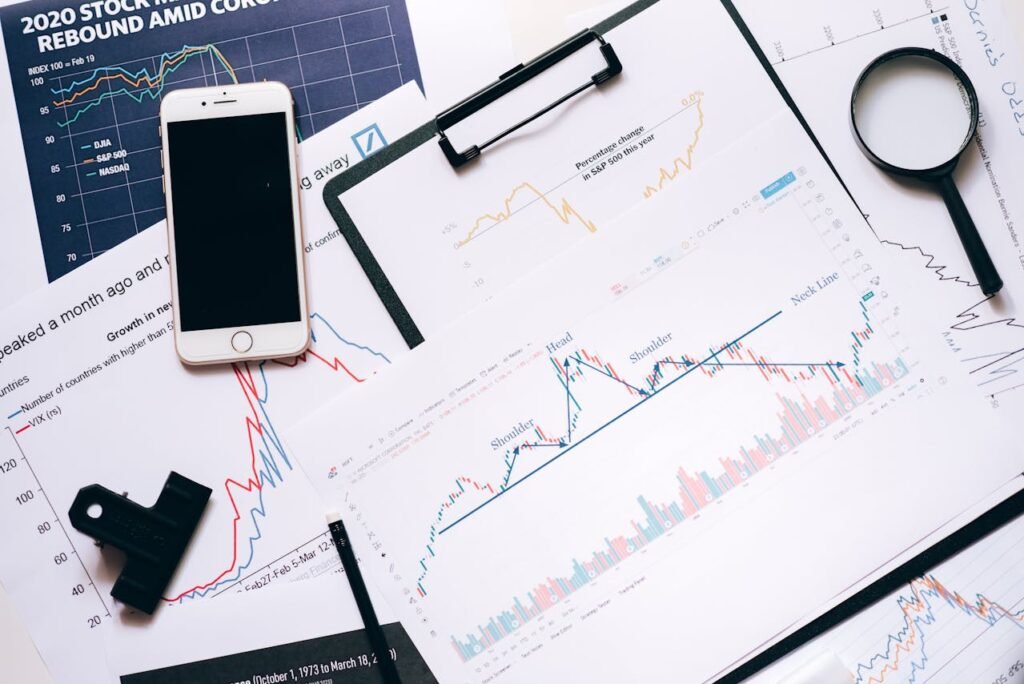
Setting Clear Goals
To effectively measure the success of your business card strategy, set clear, quantifiable goals. These goals could include the number of cards distributed, the number of follow-ups initiated, or the number of new business leads generated.
Having specific targets allows you to track progress and make data-driven decisions.
Analyzing Results
Regularly review the results of your business card marketing efforts. Analyze the data collected through tracking mechanisms, such as unique URLs or QR codes, to understand which strategies are most effective.
Identify trends and areas for improvement to refine your approach.
Iterating and Improving
Based on your analysis, make necessary adjustments to your business card strategy. This could involve redesigning your card, changing your distribution methods, or enhancing your follow-up process.
Continuous improvement ensures that your business card marketing remains effective and aligned with your overall business goals.
Real-World Examples and Case Studies
Successful Case Study
Consider a case study of a business that effectively used unique business cards to boost their marketing efforts. For example, a graphic design firm might create business cards with mini portfolios or a tech startup using NFC-enabled cards for instant app downloads.
Detailed analysis of their strategies, challenges, and results can provide valuable insights and inspiration for your own business card marketing.
Lessons Learned
Reflect on lessons learned from previous business card marketing campaigns. Analyze what worked well and what didn’t, and use these insights to refine your current strategies.
Learning from past experiences helps avoid common pitfalls and leverage best practices for future success.
Detailed Examples and Innovative Strategies
High-Impact Design
Consider the example of a boutique graphic design studio that revamped its business card strategy. The studio decided to create a series of business cards, each featuring a different iconic design from their portfolio.
These cards served not only as contact information but also as mini showcases of their work. This strategy turned their business cards into collectible items, sparking conversations and increasing their desirability.
The cards were printed on high-quality, textured paper with a matte finish, and each design was accompanied by a QR code that led to a detailed case study of the project featured on the card.
This approach not only highlighted the studio’s capabilities but also drove traffic to their website, where potential clients could learn more about their services.
Personalized Client Engagement
Another effective strategy involves personalizing business cards for key clients or potential partners. A marketing consultant implemented this by creating custom business cards with a client’s logo and a personalized message on the back.
These cards were handed out during initial meetings, leaving a strong impression and showing the consultant’s attention to detail and commitment to personalized service.
This personal touch not only enhanced the professional relationship but also increased the likelihood of referrals, as clients were more inclined to share the unique, customized business cards with their network.
Multi-Functional Business Cards
A tech startup took an innovative approach by designing business cards that doubled as useful tools. Their business cards were shaped like smartphone stands, which recipients could fold into a stand for their devices.
This practical utility ensured that the cards were kept on desks and in frequent use, keeping the startup’s contact information visible at all times.
This clever design also included NFC chips that, when tapped with a smartphone, directed users to the startup’s app download page. This integration of functionality and technology created a memorable and practical marketing tool that was highly effective in engaging potential clients.
Enhancing Visibility and Recall
Business Cards with Appointment Reminders
Service-based businesses, such as hair salons or dental practices, can benefit from business cards that double as appointment reminders. A dental clinic, for example, could design cards with a blank section where the next appointment date and time are handwritten.
This not only provides useful information but also increases the likelihood that the card will be kept and referred to.
Incorporating Augmented Reality
An architecture firm used augmented reality (AR) to bring their business cards to life. When recipients scanned the card with a specific app, they could see a 3D model of one of the firm’s recent projects.
This interactive experience showcased the firm’s cutting-edge approach and left a lasting impression on potential clients.
Integrating Business Cards into a Broader Marketing Strategy
Cross-Channel Consistency
Ensure that the messaging and design of your business cards align with your overall marketing strategy. This includes using the same colors, fonts, and logo across your website, social media, and other marketing materials.
Consistency reinforces brand recognition and trust.
Event-Specific Campaigns
Design business cards tailored to specific events or campaigns. For instance, if you’re attending a tech expo, your business card could include a QR code that links to a demo of your latest product.
For a networking event, consider a card that highlights your recent achievements or awards, providing a talking point for introductions.
Personal Follow-Ups
After handing out business cards, follow up with a personalized email or LinkedIn message. Reference the meeting and include additional information or a link to a relevant resource.
This personal touch can turn a casual connection into a meaningful business relationship.
Future Trends in Business Card Marketing
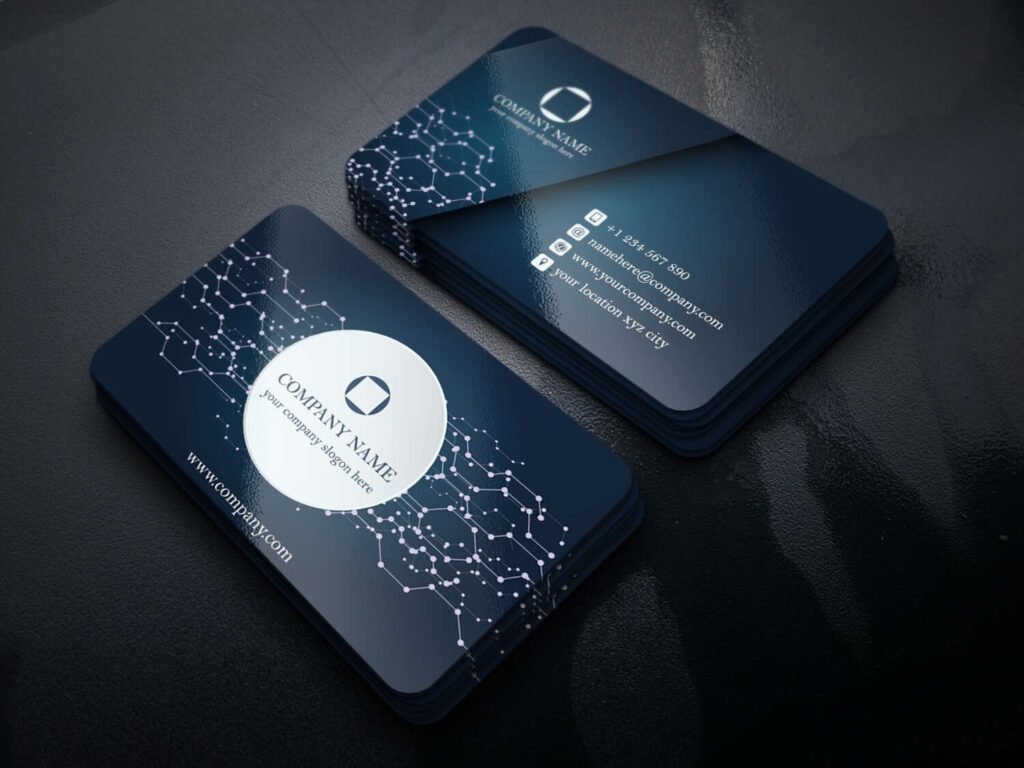
Virtual Business Cards
With the rise of remote work and virtual networking, virtual business cards are becoming more popular. These digital cards can be shared via email, social media, or messaging apps, and often include interactive elements such as videos and clickable links.
Tools like HiHello and L-Card provide platforms for creating and managing virtual business cards.
Sustainable Options
As businesses become more environmentally conscious, sustainable business card options are gaining traction.
Cards made from recycled materials, plantable seed paper, or even digital alternatives help reduce environmental impact while still providing a tangible marketing tool.
Tracking and Analytics
Using Unique Tracking Codes
Implement unique tracking codes or URLs on your business cards to measure their effectiveness. This could involve creating a dedicated landing page for each card distribution campaign.
Analyzing the traffic and engagement from these unique links provides insights into which distribution methods are most successful.
Regular Performance Reviews
Schedule regular reviews to assess the performance of your business card marketing strategy. Look at metrics such as the number of new leads generated, conversion rates, and the overall ROI.
Use these insights to make data-driven adjustments and continuously improve your approach.
Leveraging Analytics for Continuous Improvement
Using Unique URLs and Codes
To track the effectiveness of business cards, a digital marketing agency used unique URLs and discount codes on each batch of cards distributed at different events.
This allowed them to track which events generated the most leads and which card designs were most effective. By analyzing this data, they could refine their strategy and focus their efforts on the most successful tactics.
Feedback and Iteration
Regularly gathering feedback on your business cards can provide valuable insights for improvement. A consulting firm sent out a follow-up survey to recipients of their business cards, asking for feedback on the design and usability.
The insights gained from this feedback led to tweaks in the design, making the cards more user-friendly and visually appealing.
Wrapping it up
Business cards remain a powerful tool in marketing when used creatively and strategically. From innovative designs and high-quality materials to integrating advanced technologies like NFC and QR codes, business cards can significantly enhance your marketing efforts. By distributing them strategically, personalizing interactions, and continuously measuring their impact, you can ensure they leave a lasting impression.
Remember, a well-designed business card is not just a contact detail provider but a reflection of your brand, a conversation starter, and a gateway to deeper business relationships. Use these strategies to maximize the effectiveness of your business cards and drive your business growth.
READ NEXT:
- Eco-Friendly Social Media Ideas for Earth Day
- High-Impact Social Media Ad Ideas
- Healthy and Engaging Social Media Content Ideas for Nutrition Brands
- Build Engagement with Social Media Post Ideas for Construction Companies
- Social Media Marketing Ideas to Boost Your Business

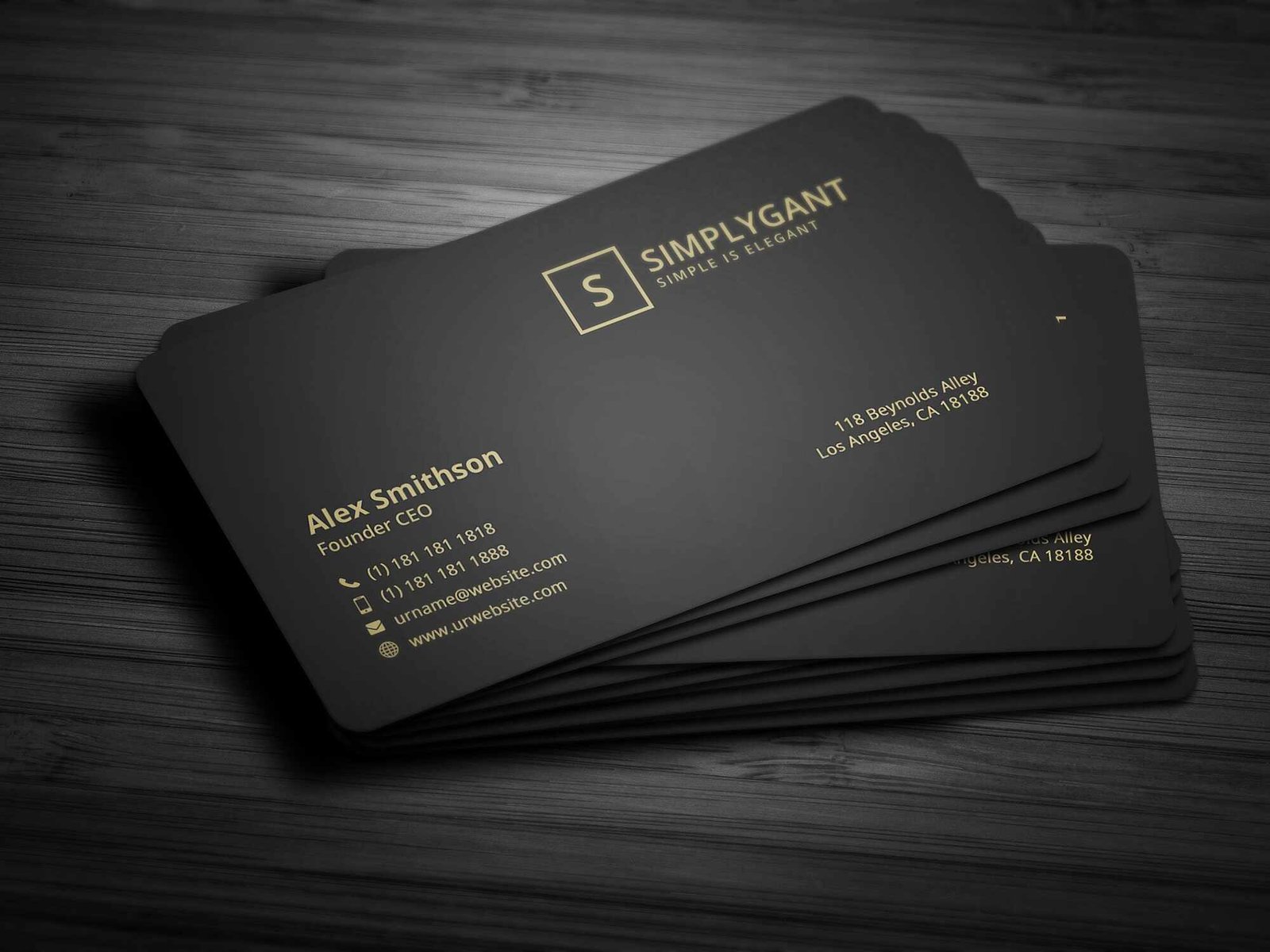

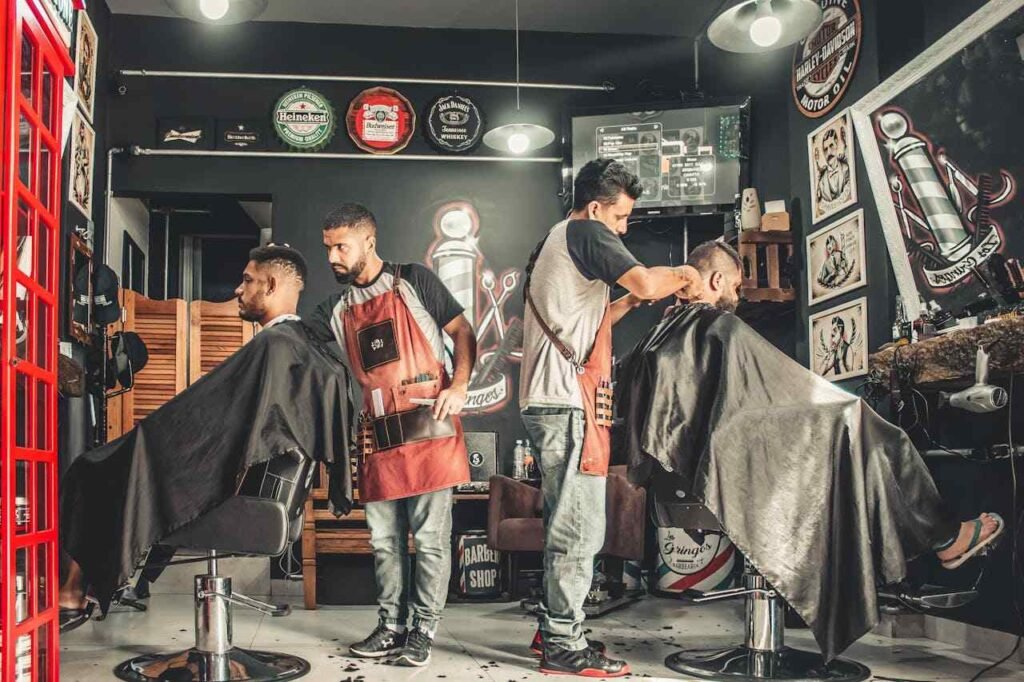


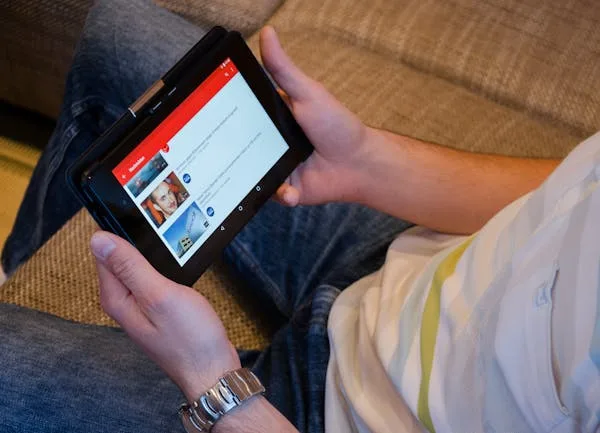








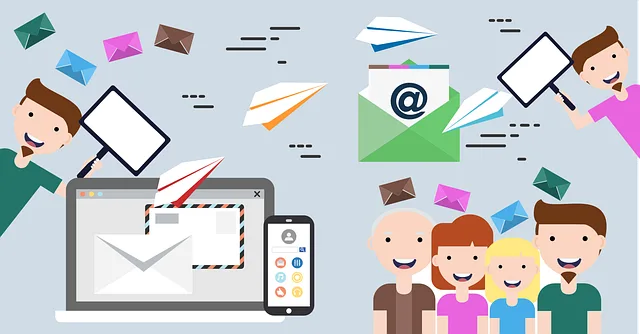






Comments are closed.